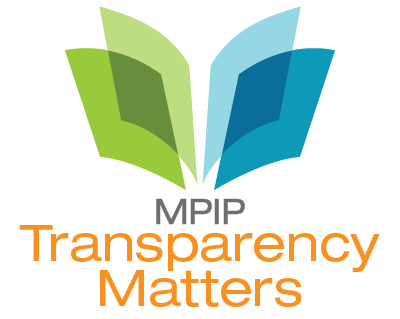Open Access Reference Site
Back to Open Access
Are open access journals more likely to be “predatory journals”?
Predatory publishing, a corruption of the legitimate open access publishing model, involves charging publication fees to authors without providing the editorial, peer review, and publishing services associated with legitimate journals. In some cases, manuscripts submitted to predatory journals are not published. Unethical and deceptive tactics are often used to entice authors to engage with these “fake” or less reputable journals. Predatory practices can be contrasted with legitimate open access journals, which provide authors with robust editorial, peer review, and publishing services, all of which lead to the publication of medically and scientifically valid manuscripts.
Predatory publishing has significantly increased in recent years and is a threat to legitimate publishing. Authors must become aware of how to identify and avoid these predatory practices. Principles of Transparency and Best Practices in Scholarly Publishing were developed jointly by the Committee on Publication Ethics (COPE), Directory of Open Access Journals (DOAJ), the Open Access Scholarly Publishers Association (OASPA), and the World Association of Medical Editors (WAME) to define best practices in scholarly publishing, and address topics such as peer review, publication/author fees, journal access and archiving, and publication ethics. These Principles are good guidelines to consider when evaluating an open access journal to ensure that it is legitimate and not predatory.
You can find more insights on predatory journals and open access on MPIP’s Transparency and Data Sharing Blog.

